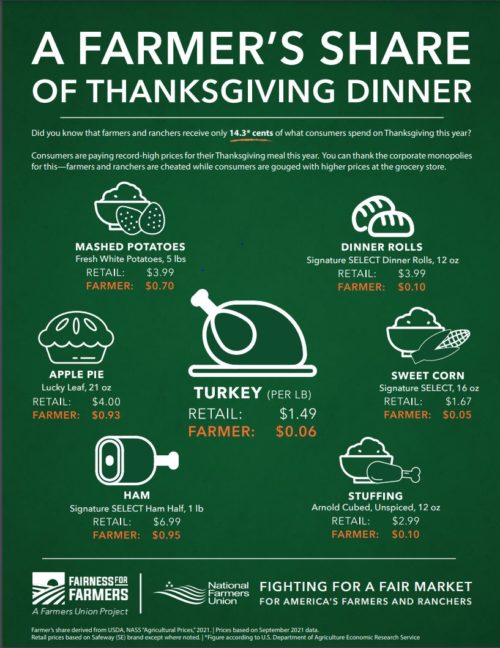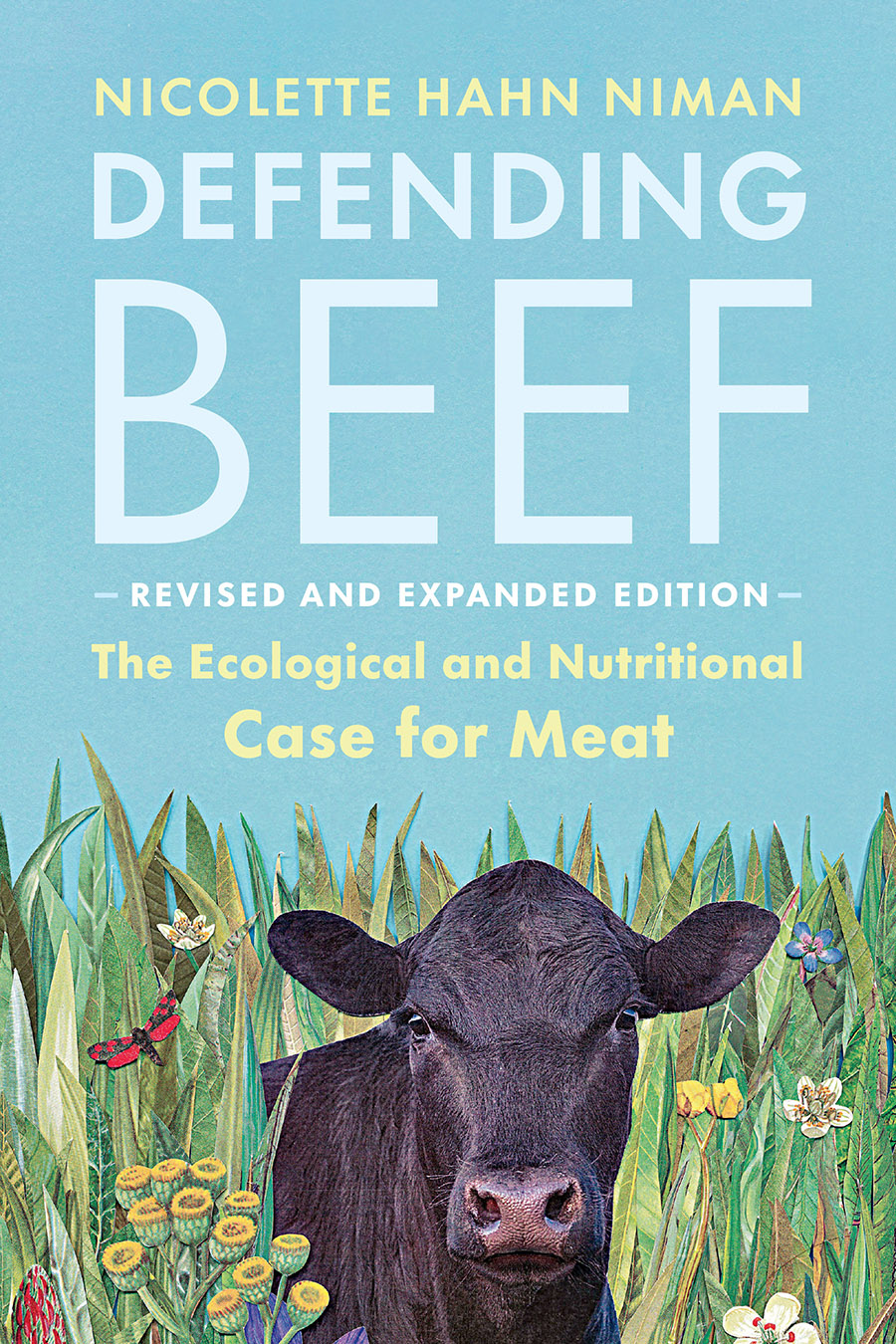Should stunting be reconsidered as an indicator of intervention success?
The US Agency for International Development (USAID) has issued two reports arguing that reduction of the prevalence of child stunting should no longer be used as the sole measure of success of nutrition intervention programs.
Background: Stunting is defined as low height-for-age. It has long been used as a measure of nutritional deficiency due to inadequate diet in the presence of poor sanitation and other conditions. Interventions focused on improving dietary intake rarely prevent stunting or affect it to only a small extent.
The first report: Stunting: Considerations for Use as an Indicator in Nutrition Projects
Emerging evidence supports the need to reexamine stunting as the primary indicatorof the success or failure of nutrition interventions. Stunting should be interpreted not as an indicator of short-term programmatic success, but rather of the overall well-being of populations. Not all nutrition programs, projects, or activities should be expected to reduce the prevalence of stunting… Failure to reduce the prevalence of stunting should not be interpreted as the failure of a nutrition program or project. Nutrition programs should consider—and measure—a broader range of the many benefits that programs can achieve.
The second report: Beyond Stunting: Complementary Indicators for Monitoring and Evaluating USAID Nutrition Activities
this guide shows how accurate and meaningful results, beyond stunting, can be captured through the use of more comprehensive and responsive indicators that directly link to an activity’s logical pathway…Measuring different types of indicators across the program’s impact pathway helps to understand how well programs are implemented and how results are achieved. Most important, measures like these allow for learning about what the program has, or has not achieved,
and why.
This second report provides a useful Table listing possible non-stunting indicators such as rates of breastfeeding, nutrient supplementation, home food production, participation in food assistance programs, and the like.
These are all downstream (personal) interventions. I’d like to see USAID fund some more upstream (policy-based) interventions and see if those might do greater good for greater numbers of people.



